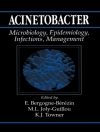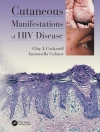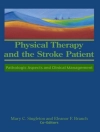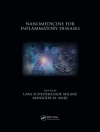Influenza continues to be one of the major epidemic diseases of man and is, in fact, his only remaining pandemic disease (BEVERIDGE, 1969). This is largely because influenza virus undergoes extreme antigenic variation, the mechanism of which is still poorly understood. Two kinds of antigenic variation occur in influenza viruses, antigenic drift and major antigenic shifts; both involve chan- ges in the hemagglutinin and neuraminidase antigens on the surface of the virus. Antigenic drift, which involves gradual changes in the surface antigens of influenza virus, is thought to result from the selection by an immune popula- tion of mutant virus particles with altered antigenic determinants. These mutants therefore possess a growth advantage in the presence of antibody (FRAN- CIS and MAASSAB, 1965; ARCHETTI and HORSFALL, 1950; HAMRE et a I., 1958). It has been shown that antigenic mutants isolated in vitro by selection with antibody have changes in amino acid sequence in the polypeptides of the hem- agglutinin subunits (LAVER and WEBSTER, 1968) and it is likely that antigenic drift in the neuraminidase occurs by the same mechanism.
W. Arber & W. Braun
Current Topics in Microbiology and Immunology [PDF ebook]
Ergebnisse der Mikrobiologie und Immunitatsforschung Volume 59
Current Topics in Microbiology and Immunology [PDF ebook]
Ergebnisse der Mikrobiologie und Immunitatsforschung Volume 59
Koop dit e-boek en ontvang er nog 1 GRATIS!
Taal Engels ● Formaat PDF ● ISBN 9783642654442 ● Uitgeverij Springer Berlin Heidelberg ● Gepubliceerd 2012 ● Downloadbare 3 keer ● Valuta EUR ● ID 6329419 ● Kopieerbeveiliging Adobe DRM
Vereist een DRM-compatibele e-boeklezer












